
How to prevent age-related falling (and injuries) in the home
Posted in General Health articles on June 15, 2011. Last modified on March 04, 2020. Read disclaimer.
As we get older, changes to our bodies can cause major lifestyle changes. While you can't stop the natural aging process, several simple preventive steps can help avoid injuries at home, in the workplace and while enjoying your favorite activities.
+ Free Shipping & Returns on Eligible Items.
(*Amazon's Top 100 list updated hourly.)
This caution becomes even more important because our natural life expectancy has increased. However, there's a mismatch between longevity and the body's durability. Most people experience infirmities and injuries as they grow older. Although North Americans are living longer, many have chronic medical conditions which further weaken the body.
People in the 75+ age category are especially vulnerable. From 1991 to 2002, the number of people 75 and older treated in North American hospital emergency rooms for a variety of injuries jumped by 73 percent.
How to prevent indoor falls:
Here are easy-to-implement suggestions to help prevent falls and avoid injuries:
- Make sure you have handrails on both sides of steps and steps should be well lit. You may also want to apply reflective strips at the edge of each step.
- Have plenty of light throughout the home and upgrade wattage if needed. Install nightlights in frequently used areas. Keep flashlights (with fresh batteries) readily available (it's a good idea to keep one near the bed.)
- Secure area rugs with double-sided tape or remove them entirely.
- Keep rooms, especially floors, free of clutter like shoes and electrical cords.
- Store frequently used items where they are easy to get to. Always use a step stool or long-handled grabber for anything overhead.
- Have a telelphone handy in each commonly used room or carry your cellphone with you. Make sure emergency numbers and your address are posted by each telephone.
- Wipe up drips and spills immediately.
- In the bathroom, use non-skid bath mats and anti-slip bathtub strips. Or, consider a hand-held shower head and non-skid shower chair so you can sit rather than stand when showering.
- Use grab bars on bathroom walls near the tub, shower and toilet.
- Replace doorknobs with easier-to-operate lever angles.
- Attach reflective, no-slip tape to uncarpeted stairs.
- Use plastic or carpet runners on slippery floors. Consider ones with skid-proof backs or tack them to the floor.
- Many people find it easier to get out of chairs that have arm rests. If your feet can't touch the floor when sitting, place a pillow behind your back.
- Do not walk in socks, stockings or slippers.
- Wear low-healed, non-skid shoes. If you live in an area where wintertime ice is a concern, consider wearing anti-slip cleats.
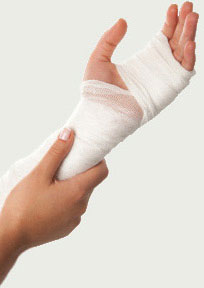
Exercise - a key to accident prevention
Here are additional ways to keep your body fit and injury-free:
- Stay active for life. Being sedentary makes you more injury-prone.
- Make sure you warm up and stretch before exercising. That can be done with a short period of aerobic or cardiovascular activity, whether it's running in place or riding a stationary bike. Also, don't forget to stretch.
- Include equal amounts of cardiovascular activity, strength training, flexibility exercises and core work in your exercise routine.
- Practice good nutrition.
- Allow plenty of time for rest and recovery after exercise.
- Prevent back injuries by bending and lifting correctly.
- Ask your doctor or pharmacist if any of your medications list dizziness or drowsiness as side-effects, as these may increase your risk of falls.
More tips are available on the Temple University College of Health: Fall Prevention In-Home Safety Checklist

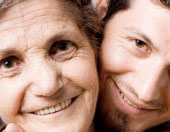 How happiness may improve health
How happiness may improve health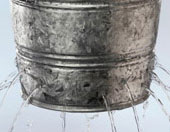 Main causes and symptoms of dehydration
Main causes and symptoms of dehydration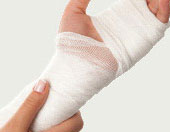 Preventing falls in the home
Preventing falls in the home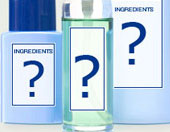 Common health risks in cosmetics
Common health risks in cosmetics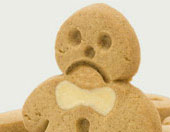 Avoiding stress and depression during the holidays
Avoiding stress and depression during the holidays Common causes of children's stomach aches
Common causes of children's stomach aches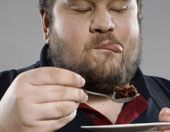 Tips for controlling sugar cravings
Tips for controlling sugar cravings